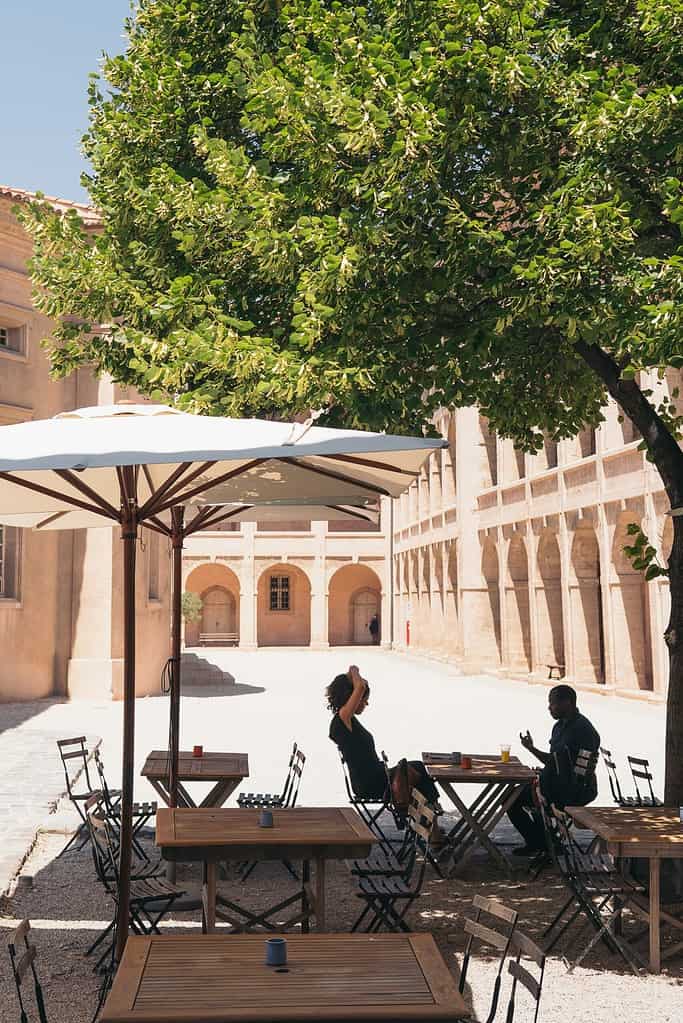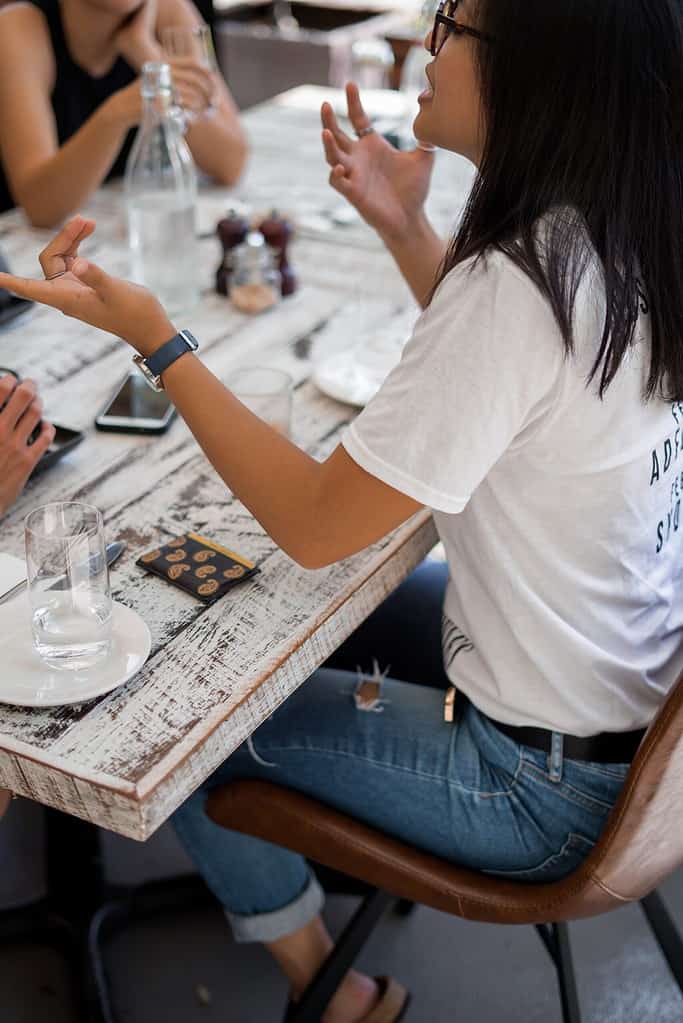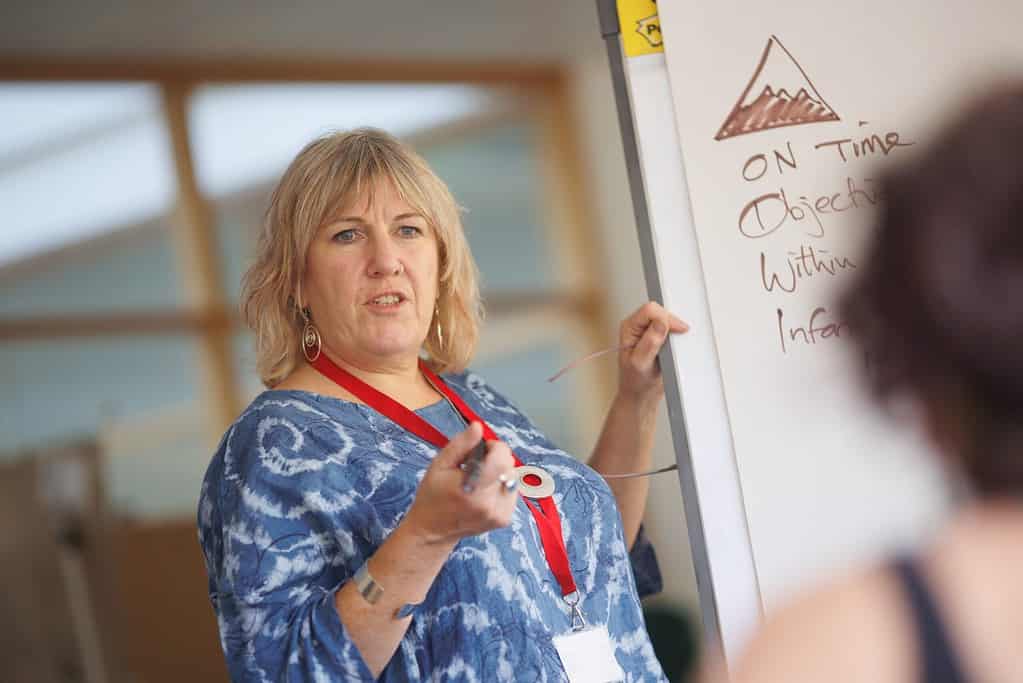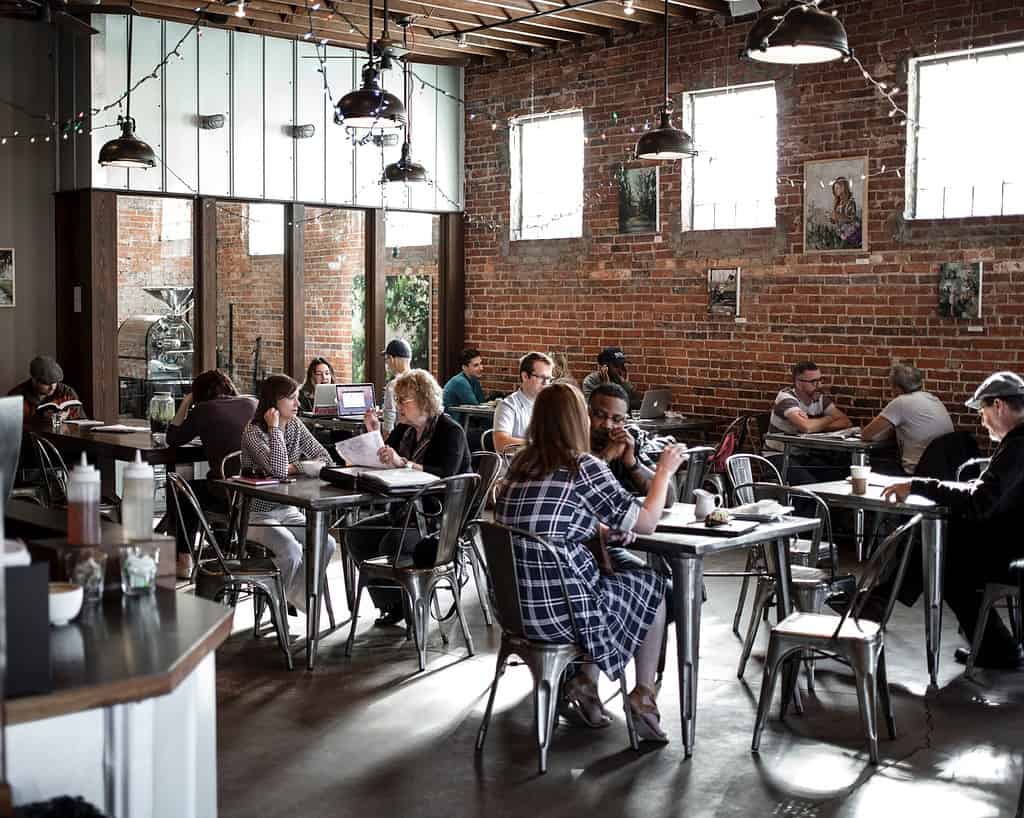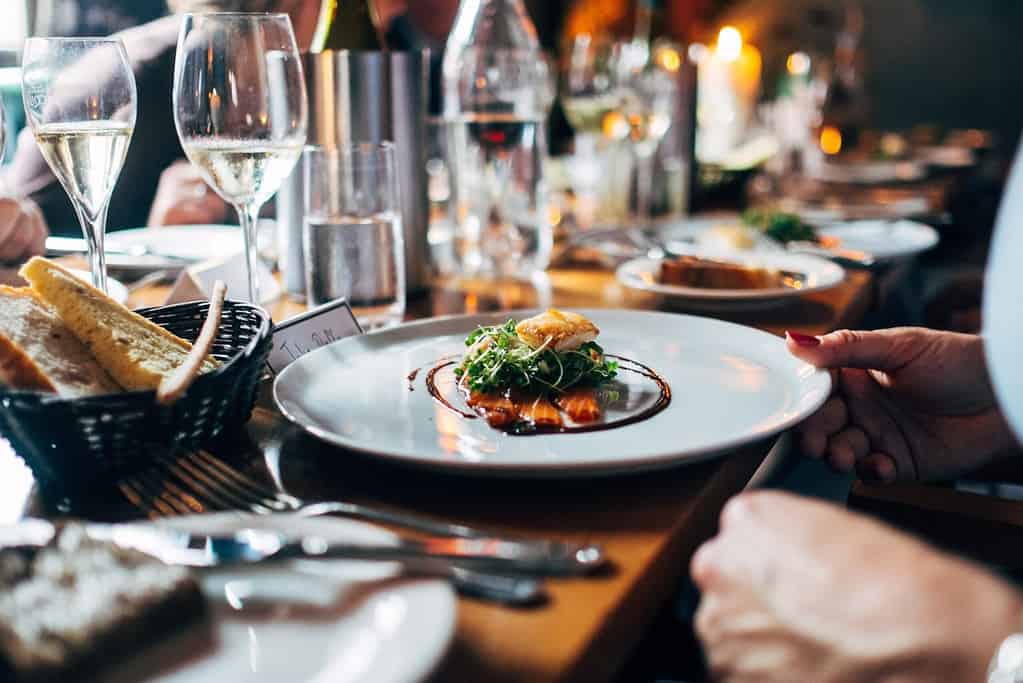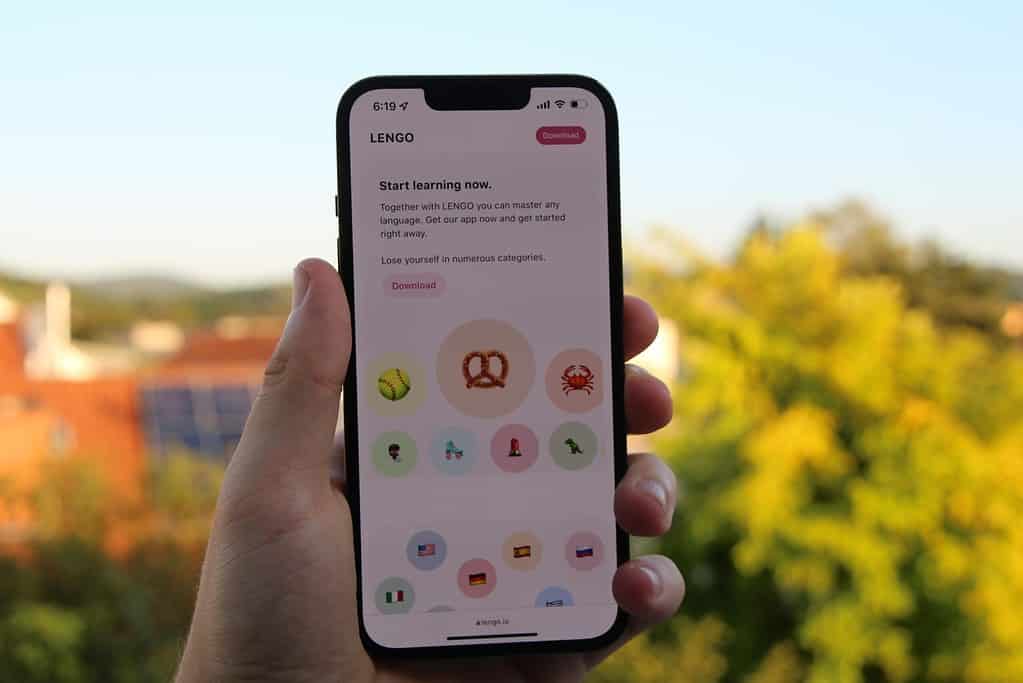Learning French through the art of cooking is not only a delightful way to expand your vocabulary—it’s an immersive journey into French culture that combines sensory experiences with linguistic practice. By exploring traditional recipes and culinary traditions, you can develop your spoken French while creating delicious dishes. Platforms like swaplang make it even easier with one-to-one private sessions that bring native speakers right into your kitchen conversation.
Benefits of Learning French Through Cooking
Culinary activities offer unique and memorable learning moments that help embed vocabulary and expressions into your everyday language. As you chop vegetables and simmer sauces, you encounter real-life contexts where words take on tangible meanings. For instance, the process of preparing a dish from start to finish is reminiscent of the French practice of mise en place—a methodical set-up that not only organizes your ingredients but also your thoughts, echoing the neatness of French grammar and syntax. Moreover, the active engagement required in cooking—from interpreting a recipe to chatting about ingredients—ensures that your retention is both robust and enjoyable. Blending your culinary curiosity with your language learning journey provides instant, practical applications that enhance confidence in conversation.
Cultural Nuances Found in French Cuisine
French cuisine is renowned for its intricate flavors, regional diversity, and deep cultural roots. Each dish tells a story about the region it comes from, whether it’s the hearty comfort of a rustic Provençal stew or the delicate layers of a Parisian dessert. When you explore these recipes, you’re not just following instructions; you’re uncovering subtle cultural nuances. For example, the artful preparation of a blanquette de veau shows how tradition and technique come together metaphorically, much like the interplay between formal and informal language registers in French. Similarly, understanding the concept of mirepoix in cooking can be compared to grasping the foundational structures in any language—both require attention to detail and an appreciation for the blend of elements that create harmony.

Key Vocabulary Terms: Common French Cooking Terms
Cooking in French provides a treasure trove of vocabulary that you can incorporate into your speaking repertoire. Words such as “mijoter” (to simmer), “poêler” (to fry), and “cuire” (to cook) are integral parts of a foodie’s lexicon. Meanwhile, phrases from the culinary world—like the preparation technique of mise en place and references to a variety of cooking methods—open the door to conversation topics that can be both vivid and relatable. To further enrich your vocabulary, resources such as French Cooking Vocabulary provide comprehensive insights into these and more terms. As you familiarize yourself with such words, you’ll notice how they start appearing naturally in both your cooking routine and in casual conversations with native speakers.
Easy French Recipes for Language Learners
Beginner-friendly recipes are an excellent entry point for language learners keen on exploring French cuisine while improving their spoken French. Consider starting with simple dishes like a classic omelette or a fresh salade niçoise. These recipes not only require minimal ingredients but also involve straightforward culinary techniques that give you the perfect opportunity to discuss cooking verbs, measurements, and even cultural anecdotes about French dining. You might find that trying out new recipes sparks questions about ingredient origins or regional variations, leading to lively discussions with French speakers on platforms like swaplang—where language practice is both fun and rewarding. Feeling inspired by nature’s produce? Check out how cultivating your own garden can further incorporate practical French vocabulary into your daily routine.
Enhancing Language Skills Through Culinary Experiences
The kitchen is a vibrant classroom that offers an array of learning opportunities beyond mere vocabulary. As you experiment with spices, supper, and sauces, you’re engaging multiple senses, which studies show can dramatically improve language retention. The interactive experience of cooking encourages conversation, whether you’re debating the best method to prepare a roux or sharing tips on perfecting a soufflé. Such dialogues often cover topics ranging from ingredient origins to regional cooking styles, and they can naturally introduce you to the subtleties of French intonation and pronunciation. Additionally, these culinary experiences prompt discussions that help bridge language gaps. For instance, if you’re uncertain about how to pronounce a tricky word, you can easily ask your conversation partner during a cooking session on swaplang’s private video sessions. This practical environment transforms abstract concepts into lived, enriching experiences that are both educational and entertaining.
Resources for Learning French Through Cooking
Besides hands-on practice, numerous resources are available to supplement your culinary language journey. You can dive into printable guides like the French Vocabulary List for Cooking and Kitchen Utensils to master specific terms, and several websites, such as French Cooking Vocabulary, offer detailed explanations and context. Moreover, exploring blogs and culinary videos can provide further insights into how French culture and cuisine have developed side by side. If you’re interested in interactive learning, consider signing up for tailored language sessions with native speakers through swaplang. This service is designed to boost your conversational skills in environments that reflect real-life contexts, making your language practice as robust and engaging as preparing a rustic French meal.
Take the next step on your delicious language adventure: sign up for a free trial at swaplang and start practicing your French with native speakers today. Whether you’re stirring a pot of coq au vin or simply sharing your cooking experiences, every conversation helps you speak French faster and with greater confidence.




